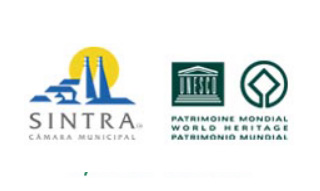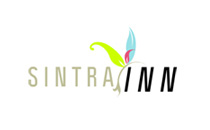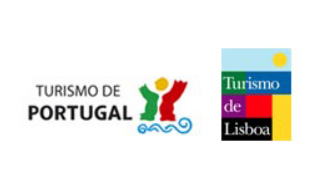Since the author, Ferreira de Castro, expressed a desire that his mortal remains stay in Sintra, (which is what eventually happened) he quite happily accepted the suggestion of two renowned authors, one from Sintra and one from Lisbon, that he donate them. They were Francisco Costa, then director of the Municipal Library and Alexandre Cabral who had access to the considerable bibliographic and documentary collection at the Camiliana de Sintra to further his research.
However, the first person to propose the idea was António José Pereira Forjaz, then mayor, who in a letter to the novelist on 10 April 1973, expressed his unbridled elation with the donation, once he had verified that it all complied with legal requirements. The museum opened its doors on 6 June 1982. It closed for refurbishment three years later and reopened on 22 June 1992 with its exhibition contents reorganised along new lines and a new visitors guide. The Ferreira de Castro Museum displays the authors life in chronological order and the exhibition is organised along various themes:
- Childhood (1989-1911), relates to the authors childhood in the natural village of Salgueiros in the parish of Ossela, in the District of Oliveira de Azeméis; a period of intimate contact with the lush nature of the region, which had such a profound effect on him.
- In Brazil - From the Amazon rainforest to Belém do Pará (1911-1919) focuses on the period in which Ferreira de Castro lives on a rubber plantation in the Amazon, still a child and on his own (until 1914) and his dramatic and eventful life in Belém. Of the many interesting objects on display, a few are worthy of mention, such as the manuscript for "Criminoso por Ambição" ("Criminal through Ambition"), Parintintin Indian masks (extinct tribe), earth from the rubber plantations where Castro worked and copies of Criminal through Ambition and Alma Lusitana (Lusitanian Soul) both from 1916 and the first manuscripts published.
- O Regresso Joranlismo e obra renegada (The Return-Journalism and rejected works) (1919-1927), focuses on his journalistic career and displays the books that relate to Ferreira de Castros first phase- from "Mas..." ("But...") (1921) to "O Voo nas Trevas" (Flight into Darkness) (1927), which were excluded by him in this complete works and are today a bibliographical rarity.
- Triunfo De Emigrantes à direcção de o Diabo (Triumph - From EmigrantsThe Devil") (1928-1935); "O Último Vagamundo" ("The Last Vagaworld") (journeys, 1929-1939); O Mestre De A Tempestade a os Fragmentos (The Master From The Stormto The Fragments) (1940-1974) focus on the period in which Ferreira de Castro, as a prominent author, commentated on the Portugal of his time. It is the period of "A Selva" ("The Jungle"), "Terra Fria" ("Cold Highlands"), "A Lã e a Neve" ("The Wool and the Snow"), "A Curva na Estrada" (The Bend in the Road), A Missão(The Mission)...
As he was the most translated Portuguese author of his time, in the final exhibition room you will find translations of his works into various languages. The visitor will have the opportunity to see rare editions, manuscripts, personal objects, original illustrations for his books and other specimens related to the novelists life and work. The museum also displays a number of original paintings and drawings by Arlindo Vicente, Bernardo Marques, Cândido Portinari, Elena Muriel, Jorge Barradas, José Rodrigues, Júlio Pomar, Roberto Nobre and Stuart Carvalhais amongst others.
Address
Museu Ferreira de Castro
Rua Consigleri Pedroso, nº 34
2710 - 550 Sintra,
Tel: +35121 923 88 28
Fax: +35121 923 88 28
Email: museu.fcastro@cm-sintra.pt
Opening Times
10.00h - 18.00h
Sat-Sun: 12.00h - 18.00h
Last admission 1h before closing
Closed on Monday and holidays
Admission Free


 Português
Português
 English (UK)
English (UK)






